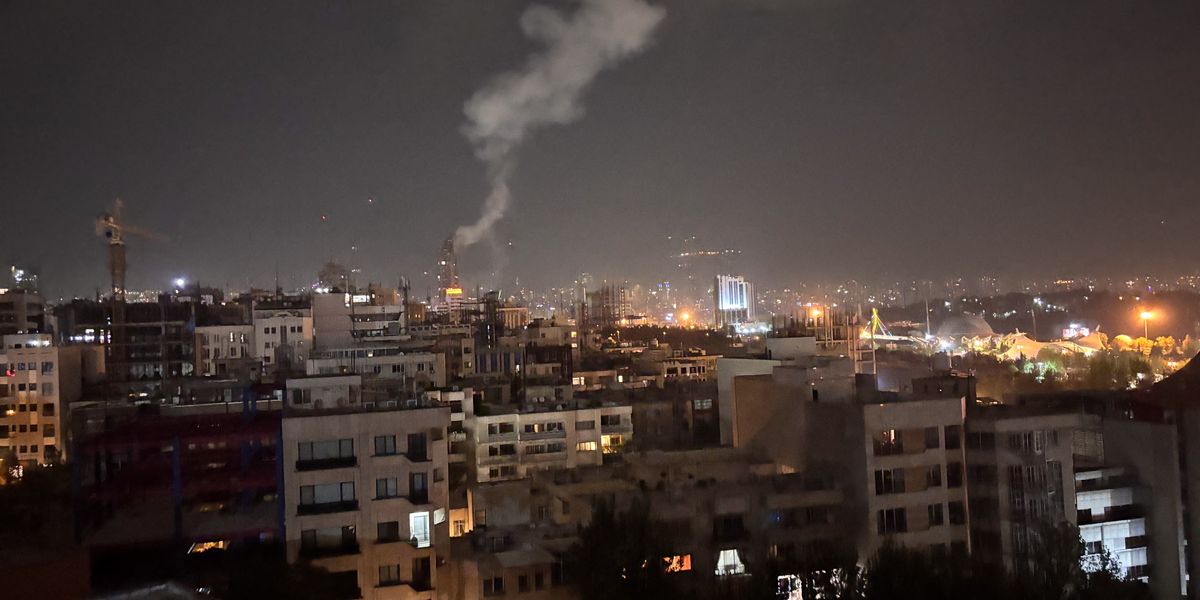The world’s smallest volcano has been discovered emitting gas in Lima, Peru. The natural phenomenon, measuring just 60cm in height, was discovered by surprised locals earlier this year.
When it was uncovered, the volcano was found to be emitting unknown particulates and materials which caused locals to alert the authorities.
As it grew, the grey volcano covered a small area in a grey clay-like substance around the village of Cusco.
When experts from the Geophysical Institute of Peru arrived on the scene, some residents, including Arturo Mamami, dubbed the strange mound ‘The Eagle’s Eye’, with the community leader leaving coca leaves at its base as a gesture of respect.
Discussing The Eagle’s Eye later on, head of the Geophysical Institute of Peru Hernando Tavera said that the volcano was not in fact a volcanic vent, but a small cone of water, clay and earth called a mud volcano.
He explained that it was a natural phenomenon in which water, mud, and dissolved gases emerge from the subsoil without magma or volcanic activity.
He added: “This type of phenomenon occurs when gases such as methane, carbon dioxide, and others make their way to the surface and carry clay sediments mixed with groundwater.
“The result is a mound with a central hole, a cone with a crater, which leads to it being considered a ‘volcano’ due to its shape.
“However, its origin, type of activity, and the materials it emits bear no relation to the active volcanoes found in the south of the country.”
As a result, the volcano does not pose any volcanic risk to the local area, but Mr Tavera said that it could still do harm to the local environment.
He warned that it could potentially contaminate the nearby water sources and crops.
As a result of this, the IGP will continue to monitor the volcano to make sure it does not pose anymore risk to the people living in the local area.

 13 hours ago
2
13 hours ago
2










 English (US) ·
English (US) ·